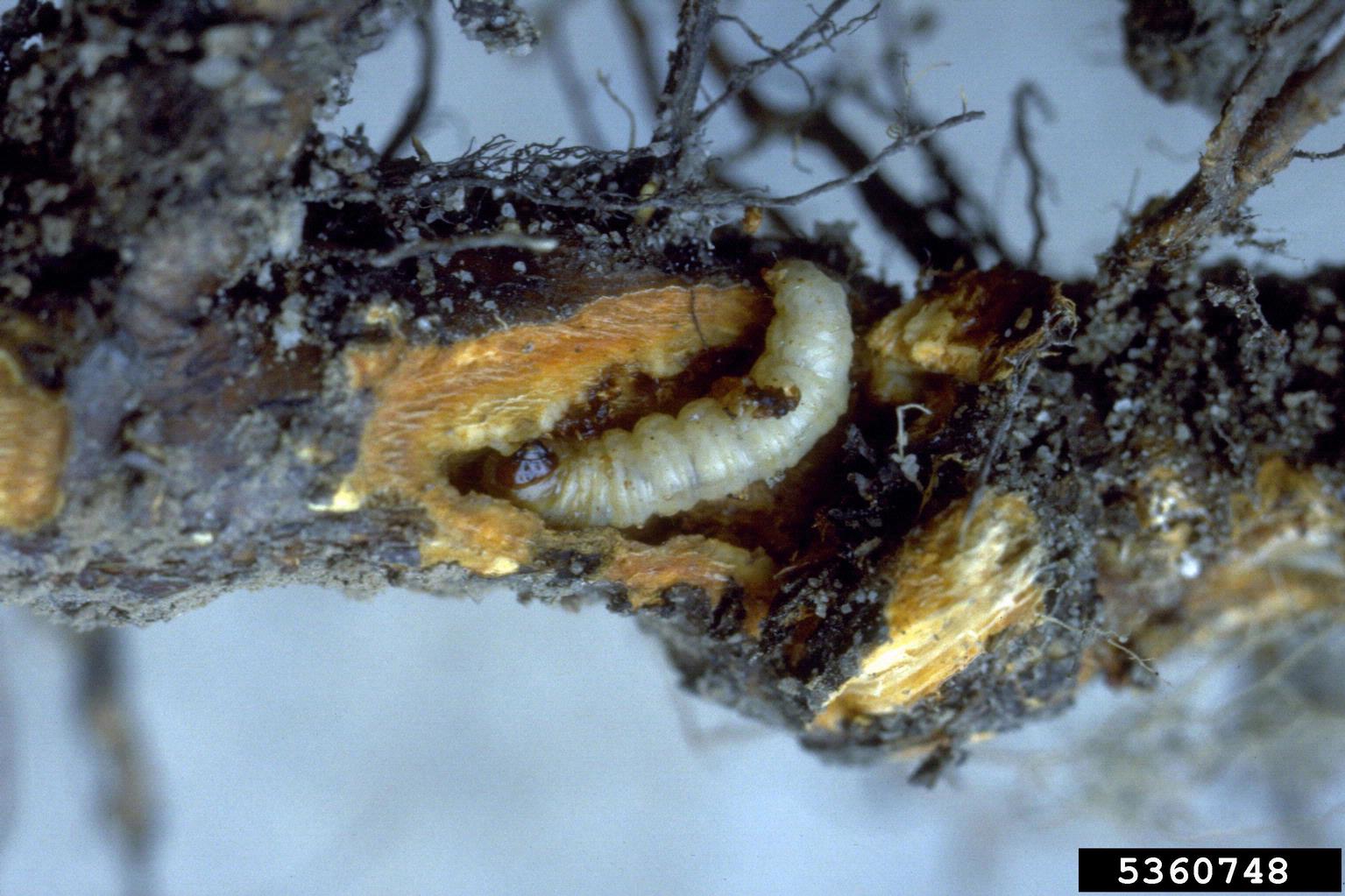Description
Selectively attracts Lycorma delicatula for monitoring the pest population and reducing the number of breeding adults.
Traps are clear card traps with MessyLess Adhesive, measuring 12 in x12 in.
Contents
Trap Kit (PWK521): 2 Big Invisible traps, 2 pheromone lures, 4 hangers. MSRP $38.99. Case of 10.
Lure Pack (PWL148): 3 pheromone lures. MSRP $30.99. Case of 10.
Trap Pack (PWT610): 5 Big Invisible traps with hangers. MSRP $45.99. Case of 10.
Dimensions
Trap Kit and Trap Pack: 12 x 12 x 0.25 inch, 0.25 lb (unit), 12 x 12 x 2, 3 lb (case)
Lure Pack: 6 x 4 x 0.25 inch, 0.1 lb (unit), 6 x 4 x 4 inch, 0.5 lb (case)
Useful Information
Spotted Lanternfly
Wholesale orders only. Price and quantity is by the case.
For retail ordering visit our Store Finder.
Adding product to your cart
Selectively attracts Lycorma delicatula for monitoring the pest population and reducing the number of breeding adults.
Traps are clear card traps with MessyLess Adhesive, measuring 12 in x12 in.
Contents
Trap Kit (PWK521): 2 Big Invisible traps, 2 pheromone lures, 4 hangers. MSRP $38.99. Case of 10.
Lure Pack (PWL148): 3 pheromone lures. MSRP $30.99. Case of 10.
Trap Pack (PWT610): 5 Big Invisible traps with hangers. MSRP $45.99. Case of 10.
Dimensions
Trap Kit and Trap Pack: 12 x 12 x 0.25 inch, 0.25 lb (unit), 12 x 12 x 2, 3 lb (case)
Lure Pack: 6 x 4 x 0.25 inch, 0.1 lb (unit), 6 x 4 x 4 inch, 0.5 lb (case)
Useful Information

Spotted Lanternfly
Lycorma delicatula


Crops Affected: A serious pest of grapes. Their effects on other agricultural crops are still being studied. They also feed on Tree of Heaven, black walnut, maples, willow, river birch, black cherry, and many other species.
States Affected: CT, DE, IN, MA, MD, MI, NC, OH, PA, NJ, NY, RI, VI, WV, and spreading
Life Cycle: Spotted lanternfly has one generation per year. Nymphs hatch in May and June. Adults begin to appear in July and mating takes place in August through September. Egg masses are covered in a gray or tan putty-like substance resembling mud, laid on any outdoor surface on which they overwinter.
Damage: Their cluster-feeding behavior can decimate the plants on which they are feeding. They excrete honeydew, which attracts other pests and can encourage secondary fungal diseases on affected plants.


Season to Trap: May to September
How To Use: Hang trap with lure in or near affected or at risk plants, but away from walkways where humans and pets will not disturb it. Set traps out during early Spring. Check traps weekly for presence, potential population density, and to catch and kill nymphs and adults to reduce populations. Replace lures every 30 days through season. If L. delicatula are observed in the trap, report to the local agricultural department.
Additional IPM Solutions: This is a newly invasive species that is still being studied for the most effective IPM options. Beneficial insects, vacuuming, and egg mass scraping may provide some control. Talk with your local agricultural agency for the most up-to-date research.
Earth Friendly
Professional's Choice
Proven Effective
Fast Shipping
Photography and graphic art copyright:
Pest Wizard Brands LLC
Cluster of adults: Lawrence Barringer, Pennsylvania Department of Agriculture, Bugwood.org
Adult: Pennsylvania Department of Agriculture , Bugwood.org
Nymph: Lawrence Barringer, Pennsylvania Department of Agriculture, Bugwood.org
Eggs: Pennsylvania Department of Agriculture , Bugwood.org
Swarm: Lawrence Barringer, Pennsylvania Department of Agriculture, Bugwood.org
















